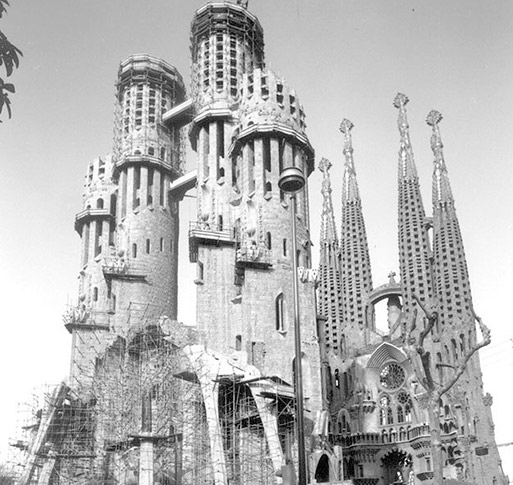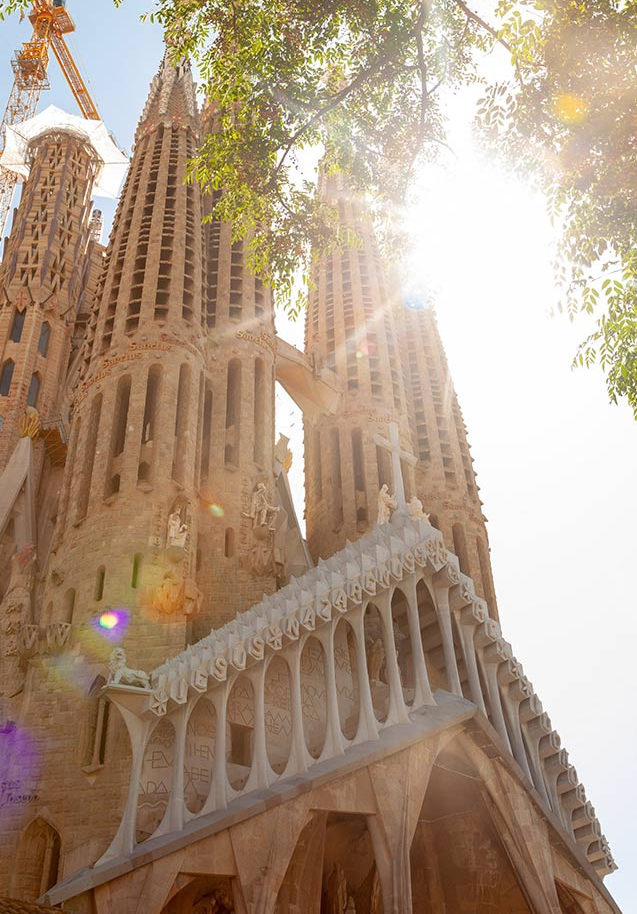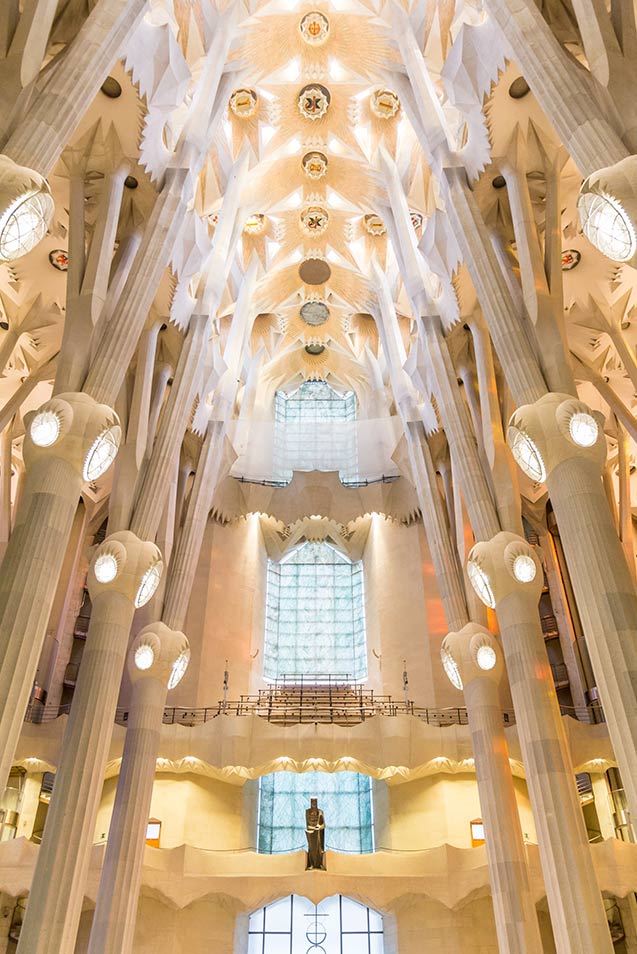Sagrada Família History
The Basilica de la Sagrada Família, also known as la Sagrada Família or Gaudí’s Cathedral, is a monumental unfinished Roman Catholic minor basilica located in Barcelona, Spain. Learn about the inspiration and original design of the building. It is a project that began in 1882 and it is still under construction today.
Lavish Beginnings
In 1872, Josep Maria Bocabella i Verdaguer returned to Spain following a visit to the Vatican. This visit left him feeling inspired, with a desire to build a place of religious importance. In his head, he had found his inspiration in the basilica at Loreto. Josep founded the Spiritual Association of the Devotees of Saint Joseph, under which he began campaigning to construct a temple dedicated to the Holy Family.
The crypt of the church itself was started in 1882, laid using plans that had been designed by Francisco de Paula del Villar. Originally, Francisco had planned to build a Neo-Gothic place of worship, much unlike the Sagrada Família that can be seen today.


Gaudí Cathedral
Basilica of the Sagrada Família


Sagrada Família Arquitechts
Sagrada Família: Unesco Heritage
Along with six other buildings designed by Gaudí in Barcelona, the Crypt and the Nativity Facade of the Sagrada Família is a Unesco World Heritage Site since 2005, and with nearly 3 million visitors per year it is the most visited monument in Spain, overtaking sites like Granada’s Alhambra and the Prado Museum of Madrid.


